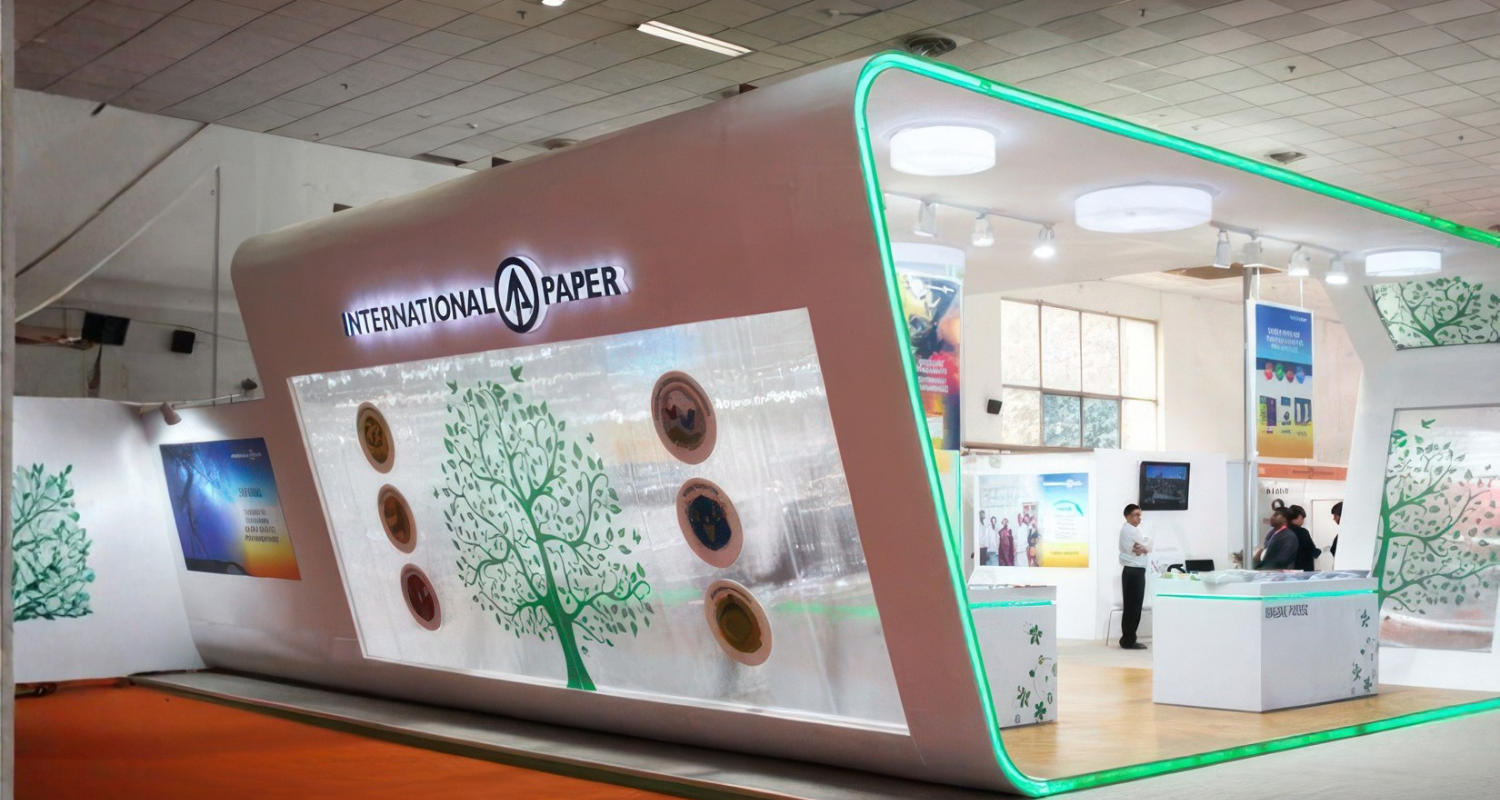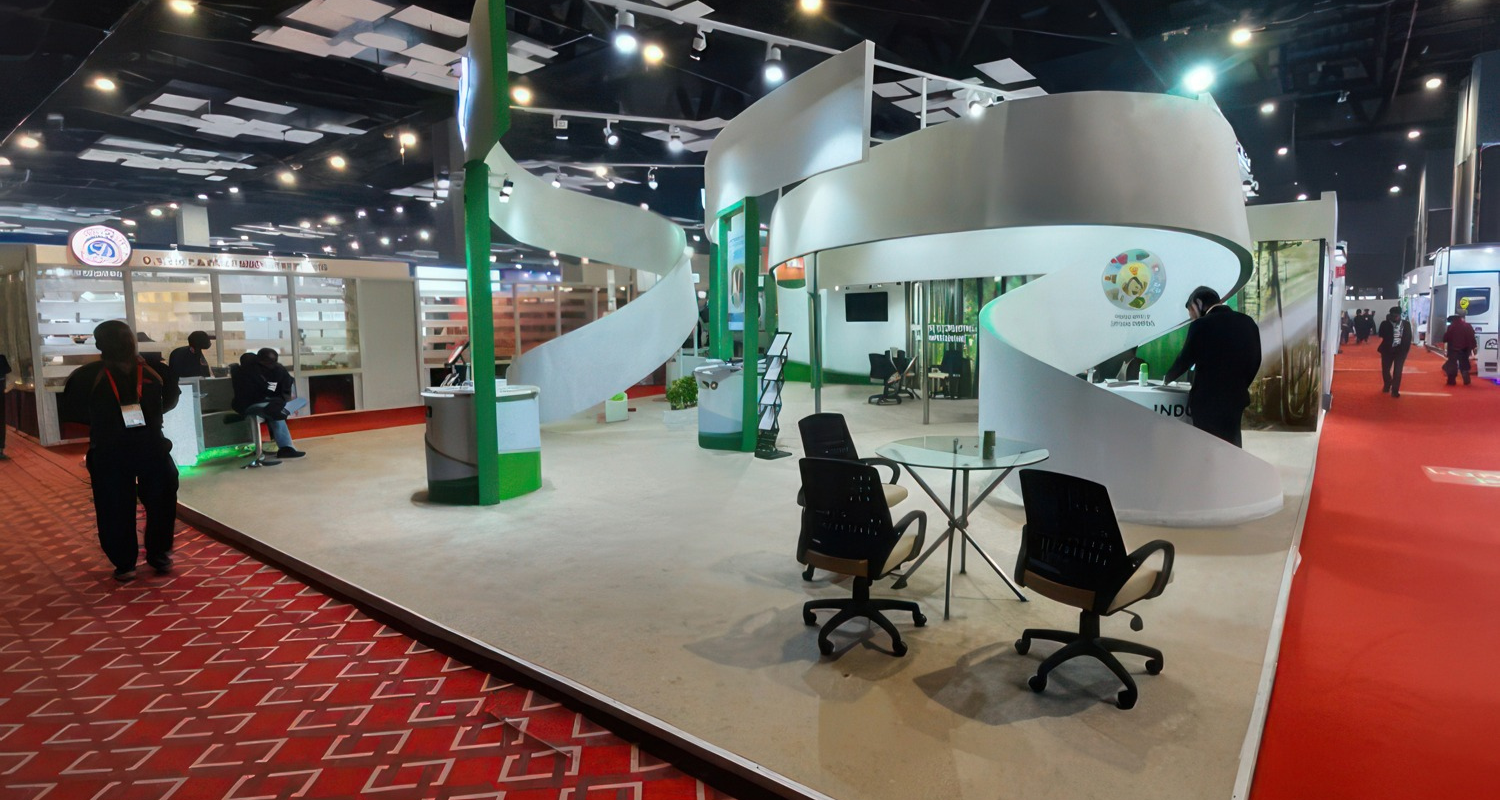Exhibition planning is vital for any business or artist looking to connect directly with their target audience through an exhibition. Making an exhibition successful is not just about displaying products; it requires meticulous attention to the stand structure and the visual appeal. Our focus is on delivering high-impact custom stall designs that are brought to life. The result is a captivating exhibition booth that effectively communicates your brand story and ensures a strong connection with visitors.
Let’s explore the critical steps involved in effective exhibition planning.
1. Define Your Objectives
The very first step in any exhibition planning process is setting clear goals. Why are you hosting this exhibition?
- Do you want to generate new leads?
- Is the purpose a product launch?
- Do you simply aim to increase brand awareness?
Define your objectives clearly. For example, “We want to generate 50 qualified leads” or “We aim to increase brand recall by 20%.” These goals will dictate the direction of your entire exhibition planning.
2. Budget and Timeline Management
Creating a realistic budget is crucial for efficient exhibition planning. The budget must cover everything, including stand rental, design, construction, marketing materials, staffing costs, and logistics (transportation).
Create a detailed timeline:
- 6-8 Months Out: finalize venue booking and stand designer.
- 3 Months Out: Production of marketing materials, posters, and promotional items.
- 1 Week Out: Final check of all logistics (delivery, installation).
3. Design an Appealing Stand
Your exhibition stand is the first point of contact with your audience. Stand design plays a critical role in effective exhibition planning.
- Attract Attention: The stand design should reflect your brand identity. Make proper use of colour and lighting.
- Interactivity: Instead of just showing, engage visitors in an activity (like a demo or a mini-game).
- Visibility: Ensure your main message is clearly visible even from a distance.
4. Marketing and Promotion
Successful exhibition planning involves promotion before, during, and after the event.
- Pre-Event: Send out email marketing, social media announcements, and press releases.
- During the Event: Host live demonstrations, run contests, and use relevant social media hashtags.
- Post-Event: Follow up with the leads you generated and share an exhibition success report.
5. Staffing and Training
Your team is the face of your brand at the exhibition. Select your team members carefully during the exhibition planning phase.
- Enthusiastic and Knowledgeable Staff: Ensure the team has complete knowledge about your products/services.
- Clear Roles: Every member should know whether their role is lead generation, giving demos, or providing information.
In summary, exhibition planning is a multi-step process that requires attention to detail and excellent coordination. From setting objectives to stand construction and staff training, only by meticulously planning every step can you maximize the benefits of your exhibition. With robust exhibition planning, your display is bound to stand out from the crowd.


